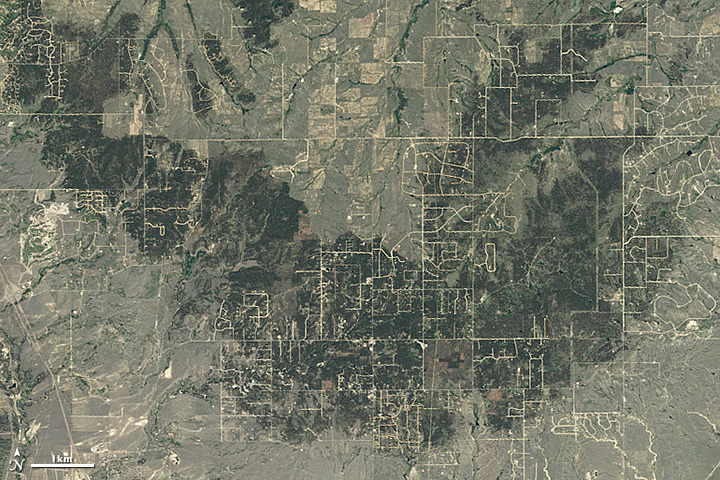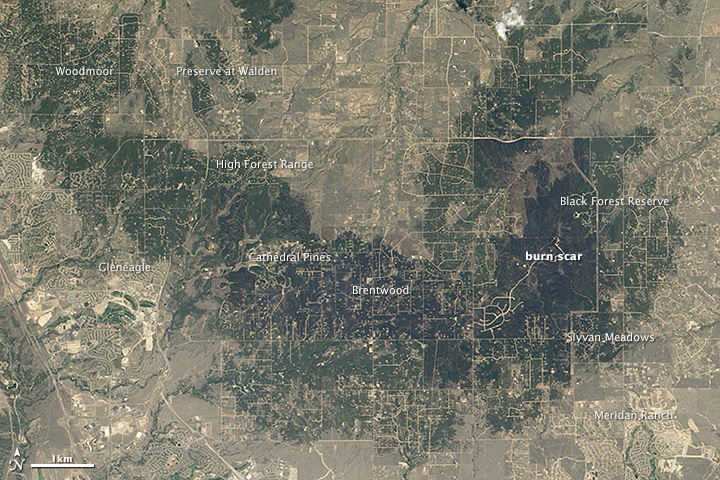XI
Yo, antes, jugaba día y noche con mis compañeras, y ahora tengo miedo.
El palacio de mi Señor está tan alto, que mi corazón tiembla de subir; pero no debo ser miedosa si quiero gozar de Su amor.
Mi corazón ha de buscar a mi Bienamado, he de quitarme el velo y unir a El todo mi ser. Mis ojos serán dos lámparas de amor.
Kabir dice:
Oyeme, amiga mía. El comprende quién lo ama. Si no languideces de amor por el Único Bienamado, es inútil que adornes tu cuerpo; es en vano que te pongas ungüento sobre los párpados.
Yo, antes, jugaba día y noche con mis compañeras, y ahora tengo miedo.
El palacio de mi Señor está tan alto, que mi corazón tiembla de subir; pero no debo ser miedosa si quiero gozar de Su amor.
Mi corazón ha de buscar a mi Bienamado, he de quitarme el velo y unir a El todo mi ser. Mis ojos serán dos lámparas de amor.
Kabir dice:
Oyeme, amiga mía. El comprende quién lo ama. Si no languideces de amor por el Único Bienamado, es inútil que adornes tu cuerpo; es en vano que te pongas ungüento sobre los párpados.
XII
Cuéntame, ¡oh, cisne!, tu antigua historia. ¿De qué país vienes?, ¡oh, cisne!
¿Hacia qué riberas encaminas tu vuelo? ¿Dónde descansarás, ¡oh, cisne!, y qué es lo que buscas?
Despiértate esta misma mañana, ¡oh, cisne!, levántate y sígueme.
Hay un país donde no imperan ni la duda ni la tristeza; donde ya no existe el terror de la muerte.
Allí, los bosques primaverales están en flores y la brisa nos trae un perfume que dice: "El soy Yo".
Allí, la abeja del corazón penetra profundamente en la flor, sin aspirar a otro goce.
Cuéntame, ¡oh, cisne!, tu antigua historia. ¿De qué país vienes?, ¡oh, cisne!
¿Hacia qué riberas encaminas tu vuelo? ¿Dónde descansarás, ¡oh, cisne!, y qué es lo que buscas?
Despiértate esta misma mañana, ¡oh, cisne!, levántate y sígueme.
Hay un país donde no imperan ni la duda ni la tristeza; donde ya no existe el terror de la muerte.
Allí, los bosques primaverales están en flores y la brisa nos trae un perfume que dice: "El soy Yo".
Allí, la abeja del corazón penetra profundamente en la flor, sin aspirar a otro goce.
XIII
¿Quién te servirá, oh, Señor increado? Cada fiel adora al Dios que él se crea; cada día recibe sus favores.
Algunos no lo buscan a El, al Perfecto, a Brahma, al indivisible Señor.
Creen en diez Avatares; pero un Avatar que sufra las consecuencias de sus actos, no puede ser el Espíritu infinito.
El Uno Supremo debe ser otro.
Los yoguis, los sanyasi, los ascetas, dispútanse entre sí.
Kabir dice:
¡Oh, hermano!, aquel que ha visto la irradiación de Su amor, ese está salvado.
¿Quién te servirá, oh, Señor increado? Cada fiel adora al Dios que él se crea; cada día recibe sus favores.
Algunos no lo buscan a El, al Perfecto, a Brahma, al indivisible Señor.
Creen en diez Avatares; pero un Avatar que sufra las consecuencias de sus actos, no puede ser el Espíritu infinito.
El Uno Supremo debe ser otro.
Los yoguis, los sanyasi, los ascetas, dispútanse entre sí.
Kabir dice:
¡Oh, hermano!, aquel que ha visto la irradiación de Su amor, ese está salvado.
XIV
El río y sus olas forman una misma superficie: ¿Qué diferencia hay entre el río y sus olas? Cuando la ola se levanta, es agua, y al caer, sigue siendo agua.
Decidme dónde está la diferencia.
Porque la hayan nombrado ola, ¿ya no se la considerará como agua?
En el seno del Supremo Brahma, los mundos se engarzan como las cuentas de un rosario.
Contempla ese rosario con los ojos de la sabiduría.
El río y sus olas forman una misma superficie: ¿Qué diferencia hay entre el río y sus olas? Cuando la ola se levanta, es agua, y al caer, sigue siendo agua.
Decidme dónde está la diferencia.
Porque la hayan nombrado ola, ¿ya no se la considerará como agua?
En el seno del Supremo Brahma, los mundos se engarzan como las cuentas de un rosario.
Contempla ese rosario con los ojos de la sabiduría.
XV
Donde reina la Primavera, señora de las estaciones, se escucha una música misteriosa. Torrentes de luz caen por doquiera.
Pocos hombres pueden alcanzar esas riberas, donde millones de Krishna se mantienen cruzados de brazos; donde millones de Vishnú se prosternan; donde millones de brahmanes leen los Vedas; donde millones de Shiva se abstraen en la contemplación.
Allí, millones de Indra y de innumerables semidioses tienen al cielo por morada.
Allí, millones de Saraswati, diosas de la música, tañen la vina.
Allí, mi Señor se revela a Sí mismo, y el perfume del sándalo y de las flores se esparce en todos los dominios del espacio.
Donde reina la Primavera, señora de las estaciones, se escucha una música misteriosa. Torrentes de luz caen por doquiera.
Pocos hombres pueden alcanzar esas riberas, donde millones de Krishna se mantienen cruzados de brazos; donde millones de Vishnú se prosternan; donde millones de brahmanes leen los Vedas; donde millones de Shiva se abstraen en la contemplación.
Allí, millones de Indra y de innumerables semidioses tienen al cielo por morada.
Allí, millones de Saraswati, diosas de la música, tañen la vina.
Allí, mi Señor se revela a Sí mismo, y el perfume del sándalo y de las flores se esparce en todos los dominios del espacio.
Kabir Chaura Maghar - India
Links
Poesia: Kabir - Poemas de Kabir - Part 2 - X a XV - Version de Rabindranath Tagore - Galeria imagenes Saint Kabir y R. Tagore
Ricardo M Marcenaro - Facebook
Blogs in operation of The Solitary Dog:
Solitary Dog Sculptor:
http://byricardomarcenaro.blogspot.com
Solitary Dog Sculptor I:
http://byricardomarcenaroi.blogspot.com
Para:
comunicarse conmigo,
enviar materiales para publicar,
propuestas comerciales:
marcenaroescultor@gmail.com
For:
contact me,
submit materials for publication,
commercial proposals:
marcenaroescultor@gmail.com
My blogs are an open house to all cultures, religions and countries. Be a follower if you like it, with this action you are building a new culture of tolerance, open mind and heart for peace, love and human respect.
Thanks :)
Mis blogs son una casa abierta a todas las culturas, religiones y países. Se un seguidor si quieres, con esta acción usted está construyendo una nueva cultura de la tolerancia, la mente y el corazón abiertos para la paz, el amor y el respeto humano.
Gracias :)





















.jpg)















